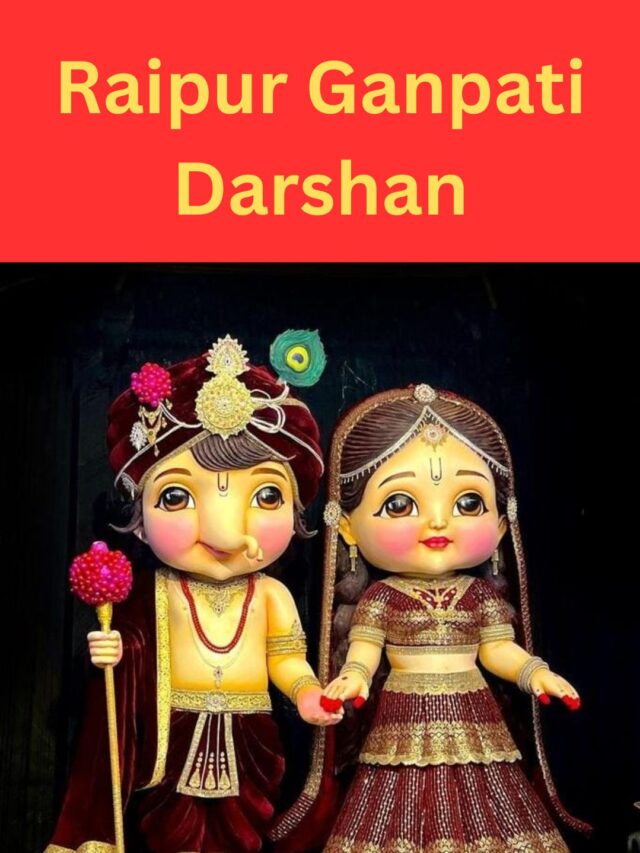
The core concepts of media literacy help individuals critically analyze and engage with media. These concepts provide a foundation for understanding how media works, how messages are created, and how they influence audiences.
Five Core Concepts of Media Literacy
- All Media Messages Are Constructed
- Media content (news, movies, ads, social media posts) is not natural—it is created by individuals or organizations with specific choices in words, images, and sounds.
- Example: A news report selects which facts to highlight, and a movie director chooses camera angles to evoke emotions.
Core & Concepts of Media Literacy : Media Use Unique Languages & Code

- Media Use Unique Languages & Codes
- Different types of media (TV, social media, newspapers, films) use specific techniques and symbols to communicate.
- Example: A suspense movie uses dark lighting and eerie music to create fear, while social media influencers use quick cuts and upbeat music to engage viewers.
Core & Concepts of Media Literacy : People Interpret Media Differently
Everyone understands media messages differently based on their background, experiences, beliefs, and culture. Example: A political meme may be funny to one person but offensive to another.
Core & Concepts of Media Literacy : Media Have Commercial, Political & Ideological Interests

Media Have Commercial, Political & Ideological Interests
- Media is often created for profit, power, or influence. Advertisers, corporations, or governments may shape messages to achieve their goals.
- Example: A beauty brand sponsors influencers to promote products, and news channels may emphasize stories that align with their owners’ political views.
Core & Concepts of Media Literacy : Media Affects Our Beliefs & Society
Media Affects Our Beliefs & Society
- Media influences how we see ourselves, others, and the world—shaping opinions, attitudes, and even behaviors.
- Example: Unrealistic beauty standards in advertisements can affect self-esteem, and news coverage can shape public opinion on social issues.


















